Results 10,121 to 10,130 of 12096
Thread: Anandtech News
-
12-06-19, 03:09 PM #10121
Anandtech: HP’s Envy x360 13 Wood Edition w/ AMD Ryzen Now Available
For those more discerning laptop users out there who are on the market for a more exotic laptop design, HP has started sales of its Envy x360 13 Wood Edition convertibles. Featuring a wooden palm rest, the AMD’s Ryzen Mobile 3000-powered laptops are otherwise mainstream-focused laptops aiming for a good balance between size and power, but with some more eye-catching aesthetics. For now, what's arguably the most stylish AMD Ryzen-powered hybrid PCs are only available in Japan, but it is likely that they will start emerging in the US shortly.
HP’s Envy x360 13 Wood Edition machines come in a sleek metallic chassis with a Nightfall Black or Natural Walnut wooden palm rest. The convertibles are 14.5 mm ~ 16 mm thick and weigh 1.28 kilograms, which makes them the sleekest hybrid notebooks powered by AMD’s Ryzen Mobile APUs to date. The Envy x360 13 Wood Edition convertible laptops feature the company’s signature hinges (tested for 32,000 open/close cycles) as well as house a 13.3-inch Full-HD touchscreen display with thin bezels on three sides.
Depending on exact model, Envy x360 13 Wood Edition convertible laptops are based on the AMD Ryzen Mobile 3000 APUs (up to Ryzen 7 3700U) that are paired with 8 GB or 16 GB of DDR4 memory, as well as a 256 GB or 512 GB M.2 SSD with a PCIe 3.0 x4 interface.
As far as I/O is concerned, the convertible Envy x360 13 Wood Edition comes equipped with Wi-Fi 5, Bluetooth 4.2, one USB 3.0 Type-C port, two USB 2.0/3.0 Type-A ports, and a 3.5-mm jack for headsets. Traditional for modern Envy laptops, the hybrid Envy x360 13 Wood Edition features a fingerprint reader compatible with Windows Hello, a webcam that can be physically disabled using a switch, four speakers co-designed with Bang & Olufsen, and a microphone array.
When it comes to battery life, HP promises that the Envy x360 13 Wood Edition is rated to work for up to 14.5 hours, though HP isn't disclosing the actual battery capacity. Though as things stand, an over 14-hours battery life would make the the hybrid notebooks some of the longest lasting AMD Ryzen-based machines around.
Depending on exact model, HP’s Envy x360 13 Wood Edition convertible laptops are priced between ¥92,800 ($855) and ¥124,800 ($1,150) without taxes. As an added bonus, HP bundles its new hybrid notebooks with a 16 GB USB flash drive from Hacoa that is also made of wood. These drives are produced in Japan, so they may not be bundled with the said PCs in other countries.HP's Envy x360 13 Wood Edition with AMD Ryzen
Japanese ModelsBasic Standard Standard
PlusPerformance Display 13.3-inch 1920×1080 CPU AMD Ryzen 3 3300U
4C/4T
6 MB
2.1 - 3.5 GHz
15 WAMD Ryzen 5 3500U
4C/8T
6 MB
2.1 - 3.7 GHz
15 WAMD Ryzen 7 3700U 4C/8T
6 MB,
2.3 - 4.0 GHz
15 WGraphics Radeon Vega 6
384 SPs at 1.2 GHzRadeon Vega 8
512 SPs at 1.2 GHzRadeon RX Vega 10
640 SPs at 1.4 GHzRAM 8 GB DDR4 16 GB DDR4 SSD 256 GB PCIe SSD 512 GB PCIe SSD Wi-Fi Wi-Fi 5 (802.11ac) Bluetooth Bluetooth 4.2 USB 2 × USB 3.0 Type-A
1 × USB 3.0 Type-CGbE - Card Reader - Other I/O microphone, four Bang & Olufsen speakers, audio jack Battery up to 14.5 hours Dimensions Width: 306 mm
Depth: 212 mm
Thickness: 14.5 mm - 16 mmWeight 1.28 kilograms Additional Information Link Price
(w/o tax)¥92,800
~$855¥99,800
~$920¥104,800
~$965¥124,800
~$1,150
Related Reading:
- A New Collection of HP Envy Convertible Laptops with Wooden Palmrests
- HP Reveals Envy x360 15 Laptops with AMD's Latest Ryzen APUs
- Honor Announces MagicBook 14 & 15: AMD Ryzen Inside
- ASUS Launches AMD Ryzen-Based ZenBooks: Two Laptops & a Convertible
Sources: HP, PC Watch
More...
-
12-06-19, 07:20 PM #10122
Anandtech: Qualcomm Windows on Snapdragon: New 7c & 8c SoCs for sub-$800 Laptops
Last year Qualcomm introduced its flagship Snapdragon 8cx platform for premium always-connected PCs (ACPCs) that packed the best technologies that the company had to offer at the time. Being a no-compromise solution, the Snapdragon 8cx was not meant for every ACPC out there, so this week the company expanded the lineup of its SoCs for laptops with the Snapdragon 7c for entry-level machines and the Snapdragon 8c for mainstream always-connected notebooks.
Qualcomm aimed its Snapdragon 8cx primarily at flagship devices ACPCs and therefore maxed out its performance and capabilities, as well as offering the ability to add a 5G modem inside. To day the SoC has won only three designs: the Lenovo 5G laptop (which is yet to ship), the Microsoft Surface Pro X (which uses a semi-custom version called SQ1), and the Samsung Galaxy Book S — all of which are going to cost well over $1000.
In a bid to address more affordable machines, Qualcomm will roll-out its slightly cheaper Snapdragon 8c SoC that is the same silicon as the 8cx, but will feature a tad lower performance. The 7c by comparison is a new chip that will also have a smartphone counterpart, and is aimed at sub-$400 devices, according to analyst Patrick Moorehead. Qualcomm even stated that the 7c is going to target Chromebook equivalents, if not ChromeOS itself.
The 8c is the same chip as the 8cx, but clocked slightly lower. The 7c by contrast is built on Samsung’s 8nm process, and will mirror the specifications of a mid-range mobile chip in 2020. We were told that the 7c chip isn’t exactly ready yet, although other press were told that demos that were supposedly on 7c devices in our briefing were actually running 7c silicon.Qualcomm Snapdragon Flagship SoCs 2019-2020 SoC Snapdragon 8cx Snapdragon 8c Snapdragon 7c CPU 4x Kryo 495 Gold
4x Kryo 495 Silver
Up to 2.84 GHz4x Kryo 490 Gold
4x Kryo 490 Silver
Up to 2.45 GHz8x Kryo 468
Up to 2.40 GHzGPU Adreno 680 Adreno 675 Adreno 618 DSP / NPU Hexagon 690 Hexagon 690 Hexagon ? AI Perf Combined 7 TOPs 6 TOPs 5 TOPs Memory
Controller8x 16-bit CH
LPDDR4X-4266
63.58 GB/s4x 16-bit CH
LPDDR4X-4266
31.79 GB/s2 x 16-bit CH
LPDDR4-4266
15.90 GB/sISP/Camera Dual 14-bit Spectra 390 ISP
1x 32MP or 2x 16MP14-bit Spectra 255
1x 32MP or 2x 16MPDecode
Encode4K120 10-bit H.265
720p480
HDR Support4Kp60
?
HDR SupportWi-Fi Wi-Fi 5 Wi-Fi 6 Integrated Modem Snapdragon X24 LTE
(Category 20)
DL = 2000 Mbps
7x20MHz CA, 256-QAM, 4x4
UL = 316 Mbps
3x20MHz CA, 256-QAMSnapdragon X15 LTE
(Category 15/13)
DL: 800 Mbps
3x20MHz CA, 256-QAM, 4x4
UL: 150 Mbps
2x20MHz CA, 64-QAMExternal Modem Snapdragon X55 (LTE Category 24/22)
DL = 2500 Mbps
7x20MHz CA, 1024-QAM
UL = 316 Mbps
3x20MHz CA, 256-QAM
(5G NR Sub-6 + mmWave)
DL = 7000 Mbps
UL = 3000 Mbps- Mfc. Process TSMC
7nm (N7)7nm Samsung
8nm
The 8c, being an 8cx variant, can be paired with Qualcomm’s X55 modem to enable 5G connectivity, although it will be up to the OEM in order to determine if the device will have both Sub 6 GHz and mmWave support.
Devices featuring the 8c and 7c should come to market in 2020.
Alex Katouzian, senior vice president and general manager of mobile at Qualcomm Technologies, said the following:
“The mobile-first consumer wants an experience on par with a smartphone, and we have the innovation, the inventions and the technology to enable this experience for customers across price points.”Related Reading- Qualcomm Snapdragon Tech Summit Day 3 Live Blog: ACPC and XR
- Qualcomm Tech Summit, Day 3: Snapdragon 8cx, the New ACPC SoC
- Hands-On with Industry’s First 5G Laptop: A Lenovo with Qualcomm’s 8cx SoC and X55 Modem
- Samsung Announces Always-Connected Galaxy Book S Laptop with Snapdragon 8cx
Source: Qualcomm
More...
-
12-09-19, 02:33 PM #10123
Anandtech: The Cougar Helor 240-360 CPU Liquid Cooler Review: A Top Tier Start In CPU
Today we are taking a look at Cougar’s colorful entry into the liquid cooling market, the Helor all-in-one CPU liquid coolers. With the new coolers that are boasting top tier performance and feature a bold design with innovative RGB lighting features, Cougar is hoping to grab a slice of the growing and lucrative market for advanced CPU coolers.
More...
-
12-09-19, 05:46 PM #10124
Anandtech: Faster & TUFer Gaming: The ASUS VG27WQ 27-Inch 165Hz Curved Monitor w/ Fre
ASUS has introduced a new 27-inch curved display for its TUF Gaming brand of mainstream gaming monitors. The ASUS TUF VG27WQ is based on a 2560×1440 resolution curved VA panel featuring a relatively tight 1.5-meter radius (1500R) curvature, and offers 400 nits peak luminance, a 3000:1 contrast ratio, a 1 ms MPRT response time, and a maximum refresh rate of 165 Hz. Overall, TUF Gaming VG27WQ monitor is not focused on any particular feature (e.g., its maximum refresh rate), but rather ASUS is focusing on offering a combination of features in a resonably priced display.
This combination looks quite competitive. The monitor supports AMD’s FreeSync variable refresh rate technology with a very decent range between 48 Hz and 165 Hz. Furthermore, the display supports ASUS’s extreme low motion blur (ELMB) technology that promises to make fast-paced scenes look sharper. Last but not least, the monitor is DisplayHDR 400 certified, so it does support HDR10 transport (and a wider-than-sRGB color gamut) though its peak brightness is not really sufficient for a good HDR experience.
Like the rest gaming monitors from ASUS, the TUF VG27WQ supports GameVisual presets for different game genres (Scenery/Racing/Cinema/RTS/RPG/FPS/sRGB Modes/MOBA Mode) as well as GamePlus overlay enhancements designed to assist gamers (Crosshair/Timer/FPS Counter) in various situations.
Connectivity wise, the monitor has a DisplayPort 1.2 input, an HDMI 2.0 port, and a headphone output, which is good enough for PC gamers. The display is also equipped with two 2W speakers. As for ergonomics, the TUF VG27WQ comes with a stand that can adjust its height, tilt, and swivel. Alternatively, the monitor has VESA 100mm×100mm mounting holes.
Specifications of the ASUS TUF Gaming VG27WQ are already on the manufacturer’s website, though we do not know when the product is set to hit the market or at what price.The ASUS TUF VG27WQ Monitor TUF Gaming VG27WQ Panel 27" VA Native Resolution 2560 × 1440
(16:9)Refresh Rate 165 Hz OC Dynamic Refresh Rate Technology AMD FreeSync Range DP: 48 Hz - 165 Hz
HDMI 48 Hz - 144 HzResponse Time 1 ms MPRT Brightness 400 cd/m² Contrast 3000:1 Color Gamut 120% sRGB Viewing Angles 178°/178° horizontal/vertical Curvature 1500R Inputs 1 × DisplayPort 1.2
1 × HDMI 2.0USB Hub - Audio 2 W speakers Proprietary Enhancements GamePlus: Crosshair/Timer/FPS Counter/Display Alignment
GameVisual: Scenery/Racing/Cinema/RTS/RPG/FPS/sRGB Modes/MOBA Mode
GameFast InputStand Height 120 mm Tilt +25° ~ -5° Swivel +90° ~ -90° Power Consumption Idle 0.5 W Typical ? Maximum 22 W MSRP ?
Related Reading:
- 28-Inches of TUF Gaming: The ASUS VG289Q 4K IPS Monitor w/ DCI-P3 & FreeSync
- AOC Reveals Agon AG273QX: A 27-Inch 165 Hz FreeSync 2 Monitor
- ViewSonic Introduces Elite XG270QG Monitor: WQHD w/DCI-P3 and 165 Hz G-Sync
- GIGABYTE’s Aorus CV27Q Curved ‘Tactical’ Monitor: 165 Hz QHD With FreeSync 2
- Dell Rolls Out 32-Inch QHD Curved Gaming Monitor (S3220DGF): Up To 165Hz with FreeSync 2
Source: ASUS (via Hermitage Akihabara)
More...
-
12-09-19, 05:46 PM #10125
Anandtech: Team Group’s T-Force Xtreem ARGB Memory: Up to DDR4-4800, ‘Mirror Design’
With even "extreme" clockspeed DDR4 modules bordering on being commodity hardware these days, DRAM module manufacturers are increasingly using design as one of the primary ways to attract attention to their DIMMs. Fittingly, Team Group this week introduced its new T-Force Xtreem ARGB Gaming Memory series, which offers data rates up to 4800 Mbps while using mirror finished heat spreaders to give the DIMMs some rather unique luminous lighting effects.
Set to be available with speed bins from DDR4-3200 all the way up to DDR4-4800 (the fastest mode ever announced by the manufacturer to date), Team Group’s Xtreem ARGB DDR4 Gaming Memory modules are based on the company’s proprietary PCB with integrated traces for RGB LEDs as well as cherry-picked memory chips. The DIMMs support XMP 2.0 SPD profiles for easier setting of correct data rates and latencies as well as are certified to work both with AMD and Intel platforms.
The key feature of Team Group’s Xtreem ARGB memory modules is their heat spreaders with their exclusive illumination effect. Like virtually all enthusiast-grade DIMMs these days, the modules are equipped with aluminum heat spreaders, but these parts have a mirror-like surface that reflects the light emitted by the addressable RGB LEDs inside their lightbar on top. As a result, the whole surface of the the module is illuminated.
Team Group’s website already lists a few different Xtreem ARGB SKUs, including dual-channel 16 GB kits that are rated for DDR4-3200 CL14/CL16, DDR4-3600 CL14/CL18, and DDR4-4000 CL18. So expect these products to be available shortly. Higher-performing SKUs will hit the market a bit later.Team Group's T-Force Xtreem ARGB Dual-Channel Memory Kits Speed Bin Capacity Timings Voltage PN MSRP DDR4-3200 16 GB
(2×8 GB)CL14-14-18-34 1.35 V 765441649330 ? CL16-18-18-38 765441649347 ? DDR4-3600 CL14-15-15-35 1.45 V 765441649354 ? CL18-22-22-42 1.35 V 765441649361 ? DDR4-4000 CL18-22-22-42 765441649378 ?
Related Reading:
- Team Group Quietly Launches 32 GB DDR4 Memory Modules
- Dressed to Impress: Team Group’s T-Force Delta Max RGB SATA SSD
- CES 2019: TeamGroup And ASRock Release Phantom Gaming Branded Memory and SSD
- Memory Scaling on Ryzen 7 with Team Group's Night Hawk RGB
Source: Team Group
More...
-
12-10-19, 09:20 AM #10126
Anandtech: Western Digital Announces WD Blue SN550 SSD
Western Digital is refreshing their NVMe-based WD Blue product line, replacing the WD Blue SN500 with the new WD Blue SN550. The SN550 updates both the controller and NAND, providing higher performance and capacity than the SN500.
The SN500 was Western Digital's first retail entry-level NVMe SSD, based on the OEM WD SN520. These drives use an in-house SSD controller based on the same architecture as the controller on their WD Black family (SN720/SN750), but with fewer channels, PCIe lanes and no external DRAM interface. The SN500 used the same PCB layout as the OEM SN520, which kept all the components within the first 30mm of the M.2 card, even though the SN500 is sold only as a M.2 2280 card rather than the variety of lengths the SN520 is available in.
The SN500 impressed us with much better performance than we expected from a DRAMless NVMe SSD, and the power efficiency was also pretty good. The SN550 promises better performance enabled by a move up to four PCIe lanes, allowing sequential transfer speeds to now hit 2.4GB/s compared to 1.7GB/s for the SN500. That higher performance will drive power consumption up a bit, but considering that the SN500 rarely exceeds 2W, that's not a big problem for the SN550. However, WD is giving the SN550 an "improved thermal design" that appears to consist of just moving the NAND flash package to the far end of the M.2 card rather than keeping it right next to the controller. Even though the SN550 adds a 1TB option that the SN500 lacked, it still uses only one NAND flash package. That means that at least the 1TB model has to be using Western Digital's 512Gb TLC NAND dies.
The WD Blue SN550 comes with the usual 5-year, 0.3 DWPD warranty, which is as good as can be expected for an entry-level drive. The initial MSRPs are on the high side, so these drives won't be reasonable purchases until prices come down a bit.WD Blue SN550 SSD Specifications Capacity 250 GB 500 GB 1 TB Form Factor M.2 2280 PCIe 3.0 x4 Controller WD in-house DRAM None NAND Flash Western Digital/SanDisk 96L 3D TLC Sequential Read 2400 MB/s 2400 MB/s 2400 MB/s Sequential Write 950 MB/s 1750 MB/s 1950 MB/s Random Read 170k IOPS 300k IOPS 410k IOPS Random Write 135k IOPS 240k IOPS 405k IOPS Warranty 5 years Write Endurance 150 TB
0.3 DWPD300 TB
0.3 DWPD600 TB
0.3 DWPDMSRP $54.99 $64.99 $99.99
More...
-
12-10-19, 04:04 PM #10127
Anandtech: Apple’s 2019 Mac Pro Tower Now Available: From $5,999 to $53,000
Apple on Tuesday started sales of its revamped Mac Pro workstation. The new Mac Pro brings Apple back to the forefront of expensive, high-performance workstations for the first time in years. The company also began sales of its new Pro Display XDR, the company’s first high-end monitor in a long time.
The Apple Mac Pro workstation are powered by Intel’s Xeon W processors, with options ranging from eight to 28 cores. Memory options similarly span a wide range, all the way from 32 GB to 1.5 TB of DDR4-2933 memory. Meanwhile the machine's storage, which all solid-state and backed by Apple's T2 controller, is available today from 256 GB to 4 TB, and Apple has already announced that an 8TB option is coming soon.
As for the graphics side of things, the Mac Pro starts with AMD's Radeon Pro 580X. Upgrade options include the newer Radeon Pro W5700X – roughly equivalent to AMD’s recently launched Radeon Pro W5700 – and the top option is up to two AMD Radeon Pro Vega II Duo graphics cards in MPX form-factor. The latter offers a total of 16384 stream processors (4096 SPs per GPU), 128 GB of HBM2 memory (32 GB per GPU), and eight display outputs.
Since the Mac Pro machine is aimed at professionals from the movie and adjacent industries, they can be equipped with Apple’s Afterburner FPGA-based accelerator card. All told, the workstation has multiple PCIe 3.0 slots and a 1.4 kW PSU, so the new Mac Pro can be expanded quite significantly.
The base price of Apple’s new Mac Pro tower with an eight-core CPU is $5,999, but a system with maxed out specifications is priced at a whopping $53,247.98.
In addition to the new workstation, Apple also started to sell its exclusive 32-inch Pro Display XDR monitor. The (ed: breathtaking) display uses a 10-bit IPS panel and offers a 6016×3384 resolution, 1,000 nits – 1,600 nits brightness (sustained/peak), and a 1,000,000:1 contrast ratio because of Mini-LED backlighting. The standard model of the display costs $4,999, but an anti-reflective version with nano-texture glass carries a $5,999 MSRP. Infamously, the monitor doesn't come with a stand or VESA mount adapter, and these have to be purchased separately for $999 and $199, respectively.
Related Reading:
- Apple’s 2019 Mac Pro and Pro Display XDR Will Be Available in December
- The Apple WWDC 2019 Keynote Live Blog (Starts at 10am PT/17:00 UTC)
- Apple to Redesign Mac Pro, Comments That GPU Cooling Was A Roadblock
- LG Unveils New UltraFine 4K & 5K Monitors: Now with iPad Pro Support
Sources: Apple
More...
-
12-10-19, 04:04 PM #10128
Anandtech: Sponsored Post: Arm - Eliminating VR Motion Sickness
At May’s SID Display Week, Arm formally launched the Arm Mali -D77 DPU, a display processor that significantly improves the VR user experience on head-mounted display (HMD). The headline benefit was all about the elimination of motion sickness for VR users, but there are also a number of compelling performance gains to improve the overall VR user experience. These are made possible by brand new dedicated hardware functions that are part of Mali-D77 – Lens Distortion Correction (LDC), Chromatic Aberration Correction (CAC) and Asynchronous Timewarp (ATW).
More...
-
12-11-19, 10:51 AM #10129
Anandtech: Intel Announces RealSense LiDAR Depth Camera for Indoor Applications
Intel has introduced the first member of its RealSense LiDAR family of depth cameras, the RealSense LiDAR L515. The sensor is primarily designed for indoor use, with Intel optimizing their to capture typical indoor ranges with a small, high accuarcy device.
Intel’s RealSense LiDAR L515 comes equipped with a 1920×1080@30Hz RGB sensor, a 1024×768@30Hz depth sensor, and the Bosch BMI085 inertial measurement unit (i.e., accelerometer and gyro). When it comes to physical capabilities, the RealSense LiDAR L515 has a range of 0.25 meters to 9 meters, a 70° ±3° × 43° ±2° RGB field-of-view as well as a 70°±2° × 55°±2° depth field-of-view. The LiDAR can scan a scene with up to 23 million points of depth data per second. Furthermore, the built-in vision processor can capture high paced scenes with minimal motion blur due to an exposure time of less than 100 ns and offloard appropriate processing from host saving battery life and improving performance.
The LiDAR L515 uses Intel’s proprietary MEMS mirror scanning technology that promises a better power efficiency than other time-of-flight technologies. In fact, Intel goes as far as claiming that at 3.5 W, its RealSense L515 is the most power efficient high-resolution LiDAR in the industry.
Intel’s RealSense LiDAR L515 measures 61 mm by 26 mm and weighs around 100 grams. The small dimensions and low weight make it possible to install the RealSense L515 into most devices that need to support navigation or gesture recognition. Furthermore, the LiDAR uses Intel’s open source Intel RealSense SDK 2.0, connecting back to its host via a USB 3.1 Type-C interface. The sensor is reportedly compatible with Android, Windows, macOS, and Linux, which makes it compatible with virtually all compute platforms available today.
Intel’s first RealSense LiDAR is currently available for pre-order directly from the company for $349.
Related Reading:
- Arm Unveils Arm Safety Ready Initiative, Cortex-A76AE Processor
- Imagination Launches PowerVR Automotive Initiative, 8XT-A GPU IP
- Investigating NVIDIA's Jetson AGX: A Look at Xavier and Its Carmel Cores
- Arm Announces Cortex-A65AE for Automotive: First SMT CPU Core
- Intel's Standalone 6DoF RealSense Tracking Camera T265 with Movidius Inside
Source: Intel
More...
-
12-11-19, 10:51 AM #10130
Anandtech: AOC Reveals Two 34-Inch Curved Gaming Monitors: Up to 144 Hz & FreeSync
AOC has introduced a set of new ultra-wide curved monitors aimed at the mid-range gaming market.The new CU34G2 and CU34G2X monitors are based on 34-inch VA panels that feature an aggressive 1500R curvature as well as a 21:9 aspect ratio. The displays offer a 3440×1440 resolution, 300 nits max brightness, a 3000:1 contrast ratio, a 1 ms MPRT response time, and a 100 Hz or 144 Hz maximum refresh rate. The LCDs support AMD’s FreeSync technology with ranges between 30 Hz and 100 Hz/144 Hz for the G2 and G2X models, respectively.
To make overall gaming experience a bit more comfortable, AOC’s CU34G2 and CU34G2X monitors support Game Color mode that optimizes saturation for improved grey levels and image detail, as well as Dial Point crosshairs for easier aiming.
Typical for gaming monitors, AOC’s CU34G2 and CU34G2X feature multiple inputs to connect to multiple devices, offering one DisplayPort 1.2 input and as well as two HDMI 1.4/2.0 ports. In addition, the devices have a quad-port USB 3.0 hub and a headphone output. And, despite being aimed at the mid-range market, the new displays also feature an adjustable stand that can regulate height, tilt, and swivel.
AOC will start sales of its CU34G2 and CU34G2X monitors in the UK starting in January, 2020. The 100 Hz model will cost £399, whereas the 144 Hz SKU will be priced at £499. MSRPs for the US haven't been announced, but judging from the UK prices they should land around $450 and $550, respectively.
Related Reading:AOC's 34-Inch Curved Gaming Displays CU34G2 CU34G2X Panel 34" VA Native Resolution 3440 × 1440 Brightness 300 cd/m² typical Contrast 3000:1 Maximum Refresh Rate 100 Hz 144 Hz Variable Refresh Rate AMD FreeSync
30 Hz ~ 100 HzAMD FreeSync
30 Hz ~ 144 HzResponse Time 1 ms MPRT Viewing Angles 178°/178° horizontal/vertical Curvature 1500R Pixel Pitch 0.233 mm Pixel Density 110 ppi Anti-Glare Coating ? Inputs 1 × DisplayPort 1.2
2 × HDMI 1.41 × DisplayPort 1.2
2 × HDMI 2.0USB Hub 4-port USB 3.0 hub Stand Swivel: 30° ±2° °
Tilt: 3.5° ±1.5° ~ 21.5° ±1.5° °
Height: 130mmAudio headphone output Launch Price £399 £499
- Faster & TUFer Gaming: The ASUS VG27WQ 27-Inch 165Hz Curved Monitor w/ FreeSync
- Nixeus Launches NX-EDG34: A Curved 34-Inch WQHD Monitor w/ 144 Hz & FreeSync
- Philips Reveals 346B1C 34-Inch 100 Hz Curved UltraWide Monitor with USB-C Docking
Source: AOC
More...
Thread Information
Users Browsing this Thread
There are currently 10 users browsing this thread. (0 members and 10 guests)




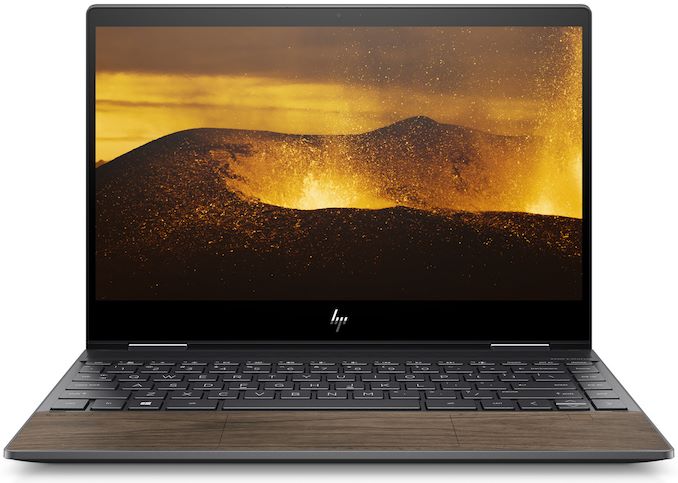
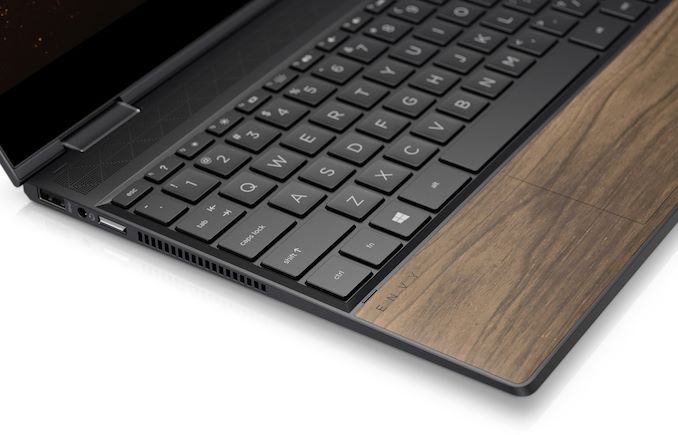
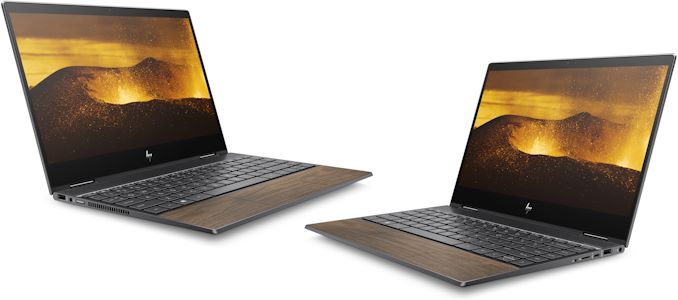
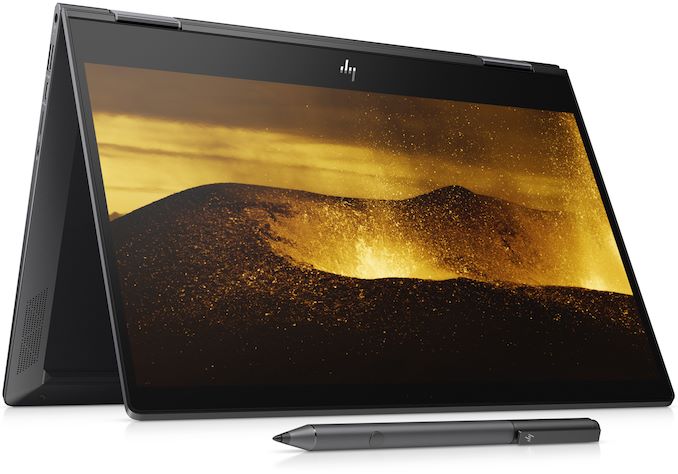
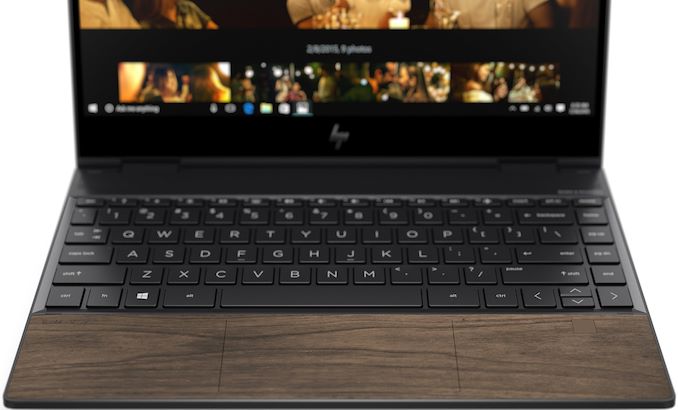
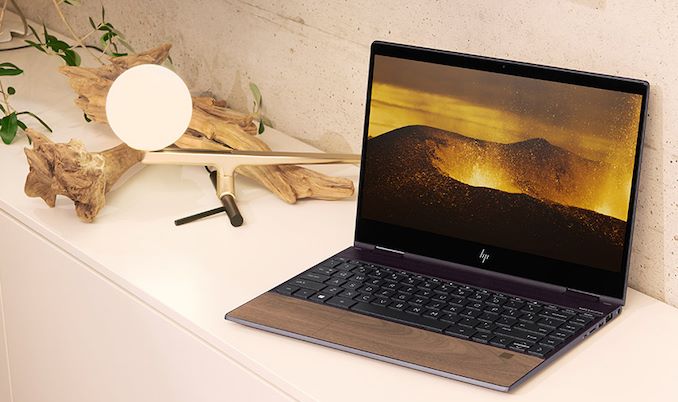

 Quote
Quote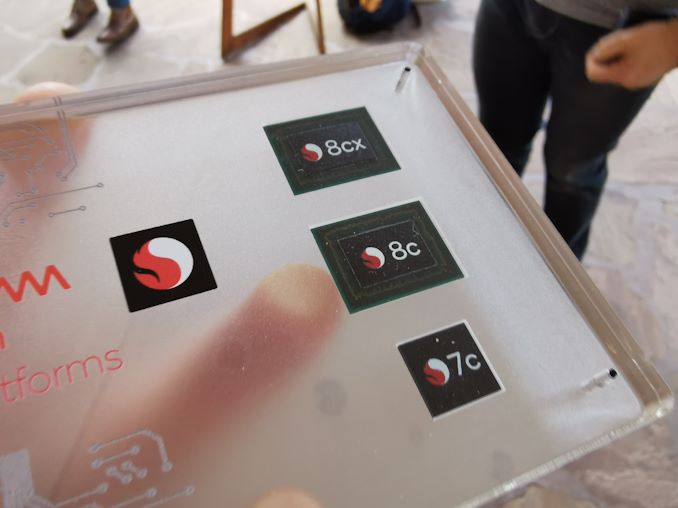



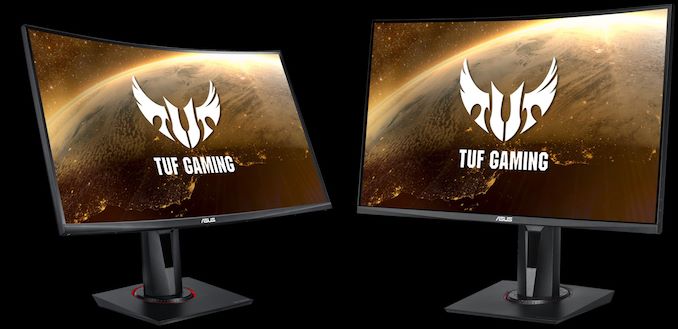

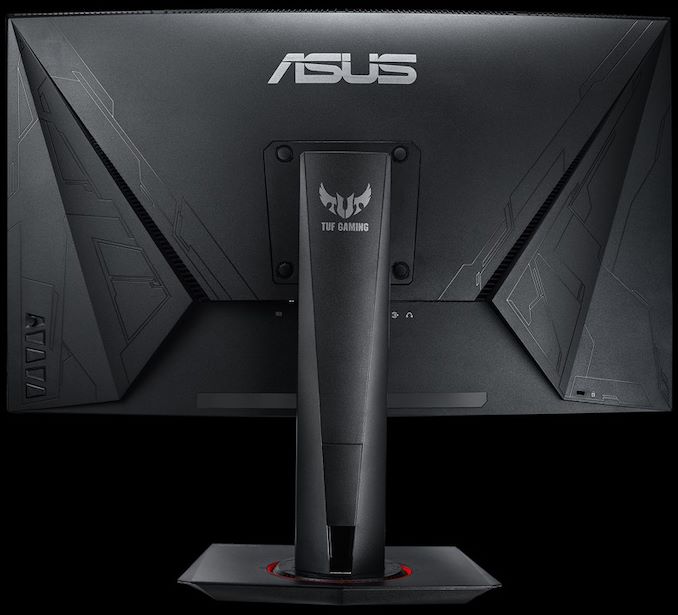
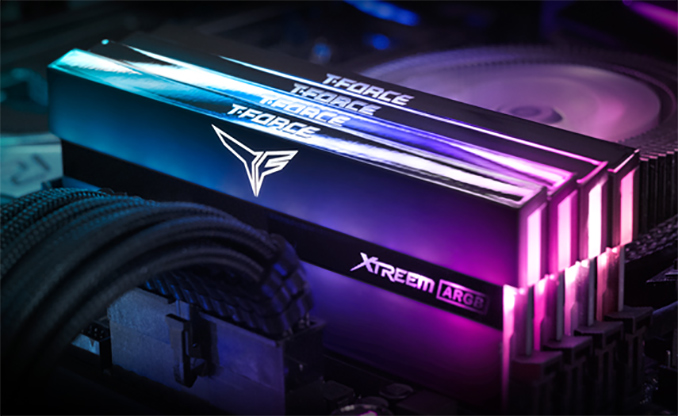
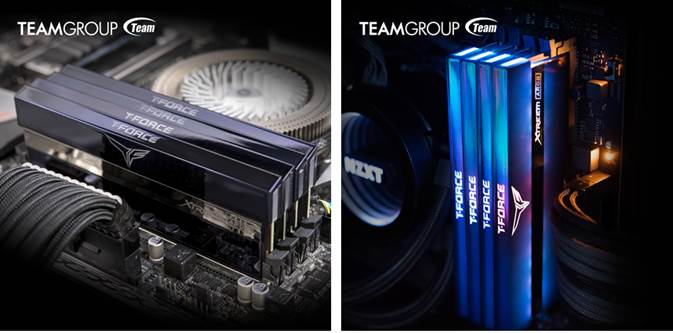
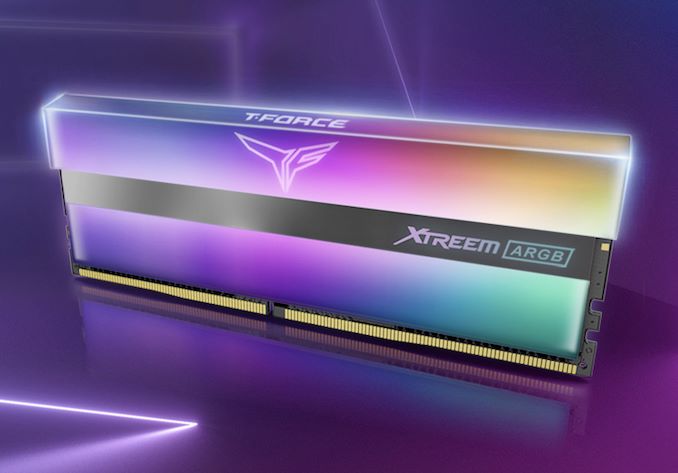
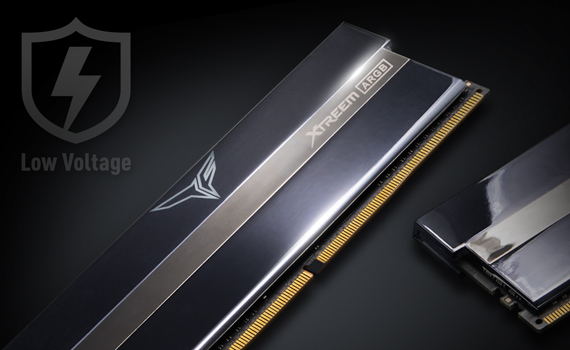
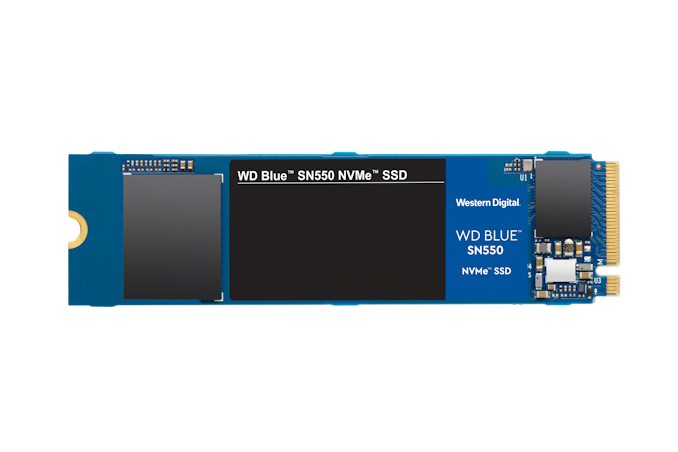
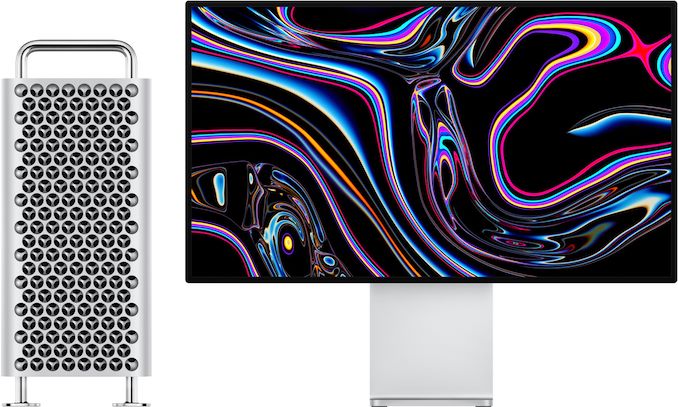
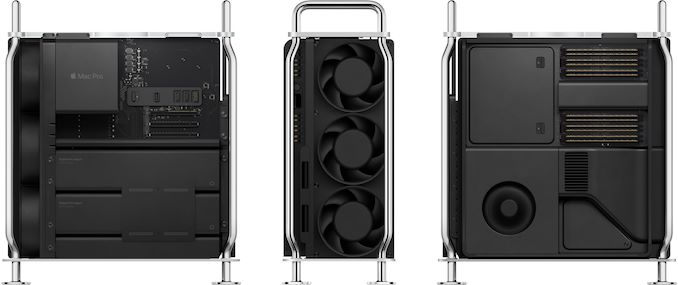
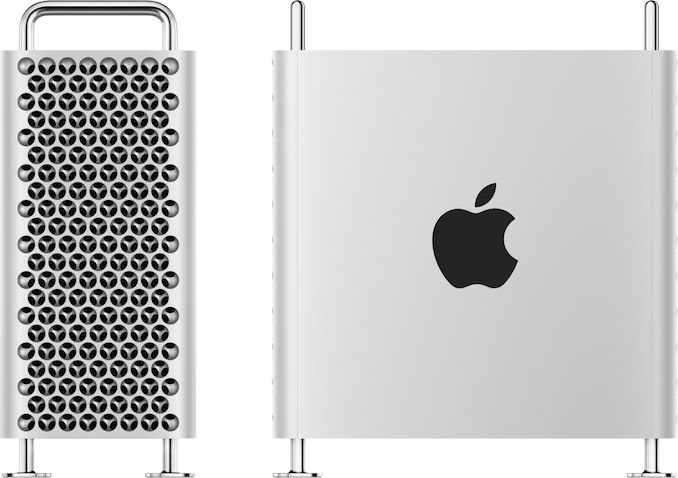
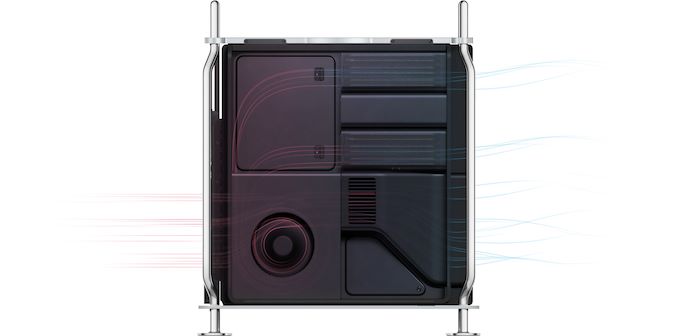

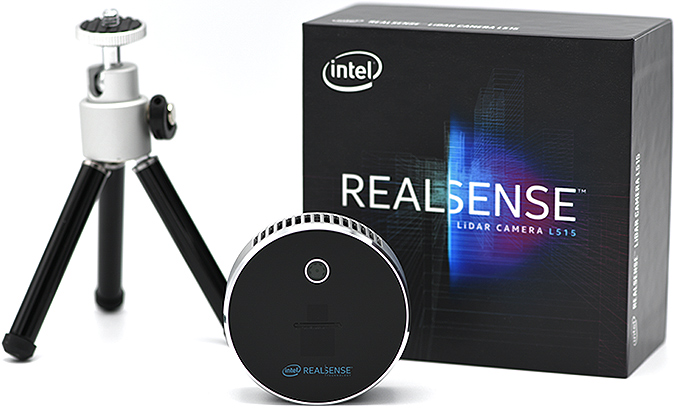
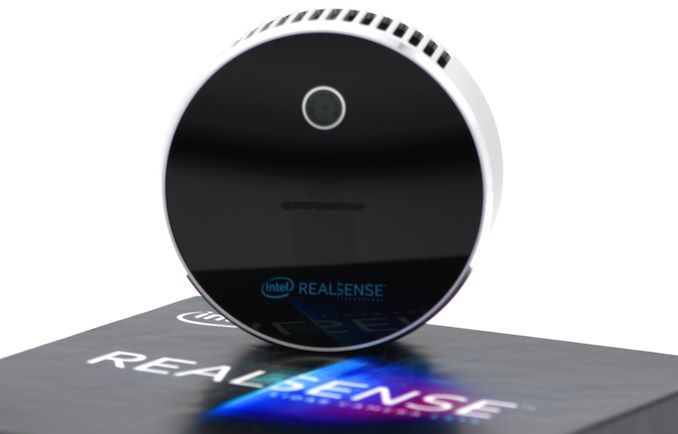
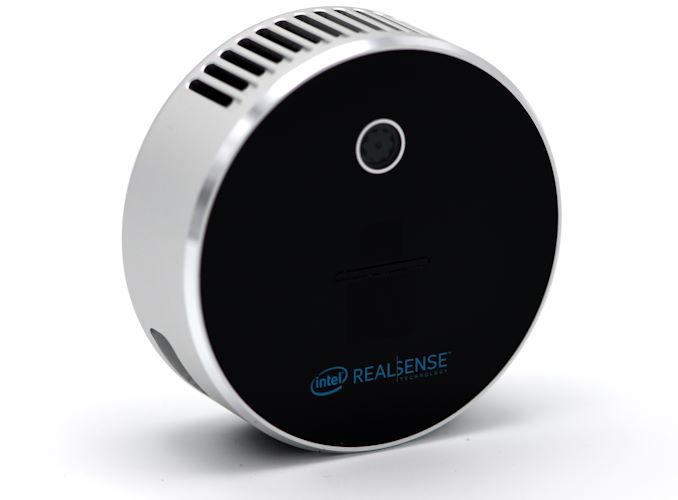
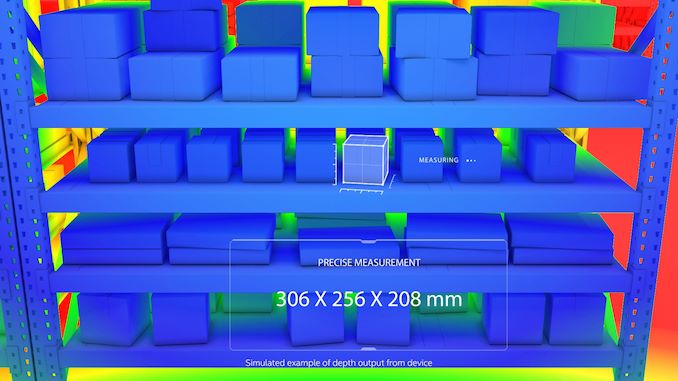
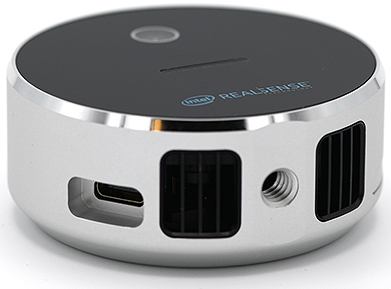
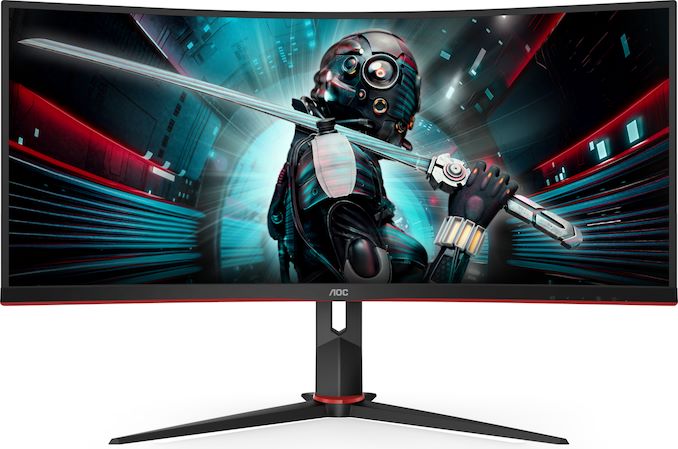
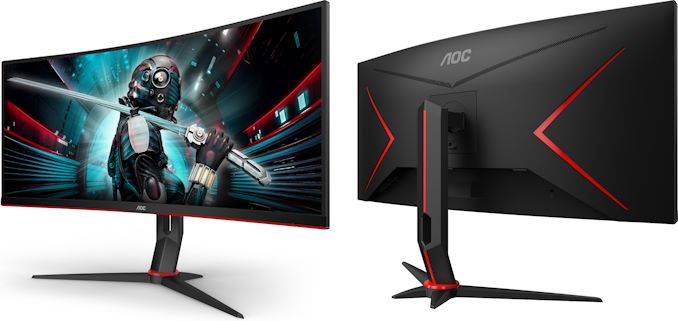


















Bookmarks